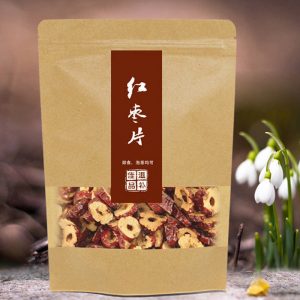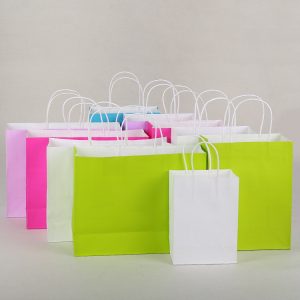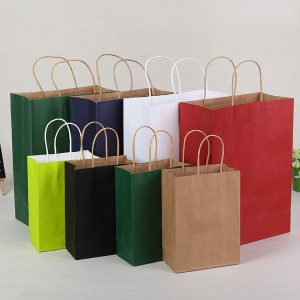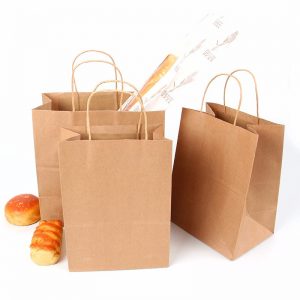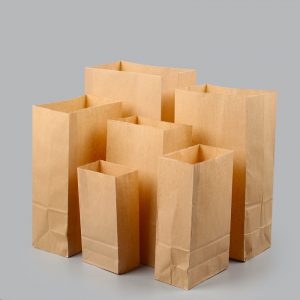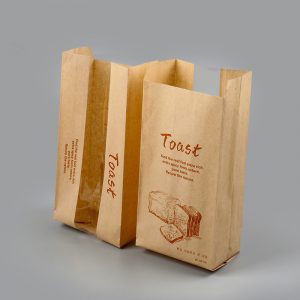Development of fast food packaging
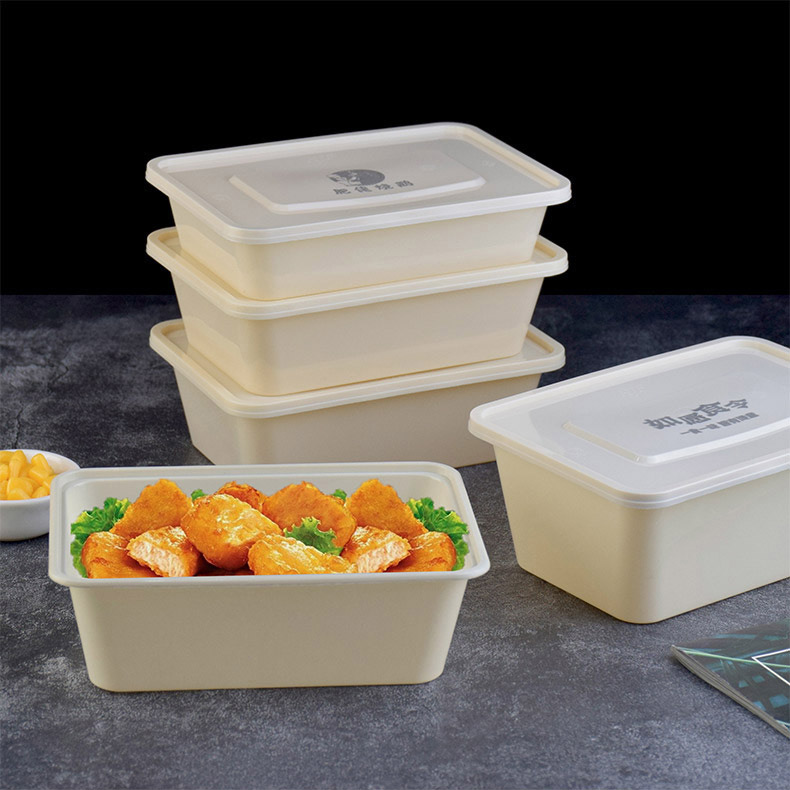
A Japanese research institute used new technology to make a kind of fast food wrapping paper with certain nutritional value and edible using bean dregs as raw material. The wrapping paper is suitable for the packaging of fast food noodle seasonings, and can be eaten together. The carrot paper developed in the United Kingdom is based on carrots, adding appropriate thickeners, plasticizers, and water repellents, and using the natural brilliance of carrots to make cheap and high-quality edible colored vegetable paper. This product can be used as individual (inner) packaging of boxed food or directly eaten as a convenience food, which can not only reduce environmental pollution, but also enhance the beauty of food, and increase consumers' appetite and appetite. Carrot paper is a kind of edible colored paper, which has strong flexibility and certain waterproofness, and has packaging and edible functions. If the strength and plasticity can be further improved, the surface (texture) can be improved, and products of various shapes (boxes, bowls, etc.) can be made, which can further expand its use, better protect the environment, and provide a way for deep processing of vegetables. ⑸ The packaging material originally used for high-quality, low-cost fast food packaging is polystyrene wrapping paper, which is easy to manufacture and can effectively keep food warm, but the disadvantage is that polystyrene is not effective for air. Contaminated and not biodegradable. Therefore, with the enhancement of environmental protection awareness, the fast food packaging industry has to look for new products. Fast food packaging paper material has shifted from polystyrene to cardboard. However, there are still many disadvantages of cardboard, such as high cost, cumbersome manufacturing process, inconvenient transportation, etc. In particular, it cannot effectively keep food warm.






